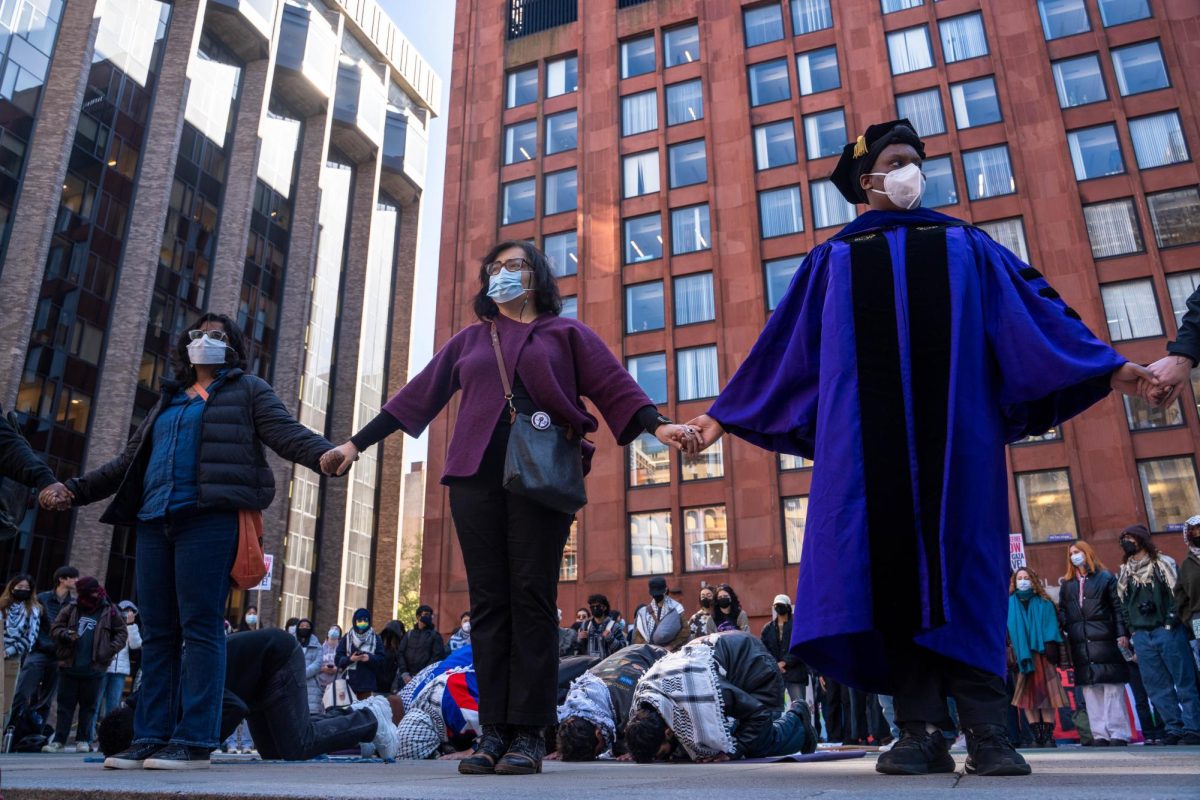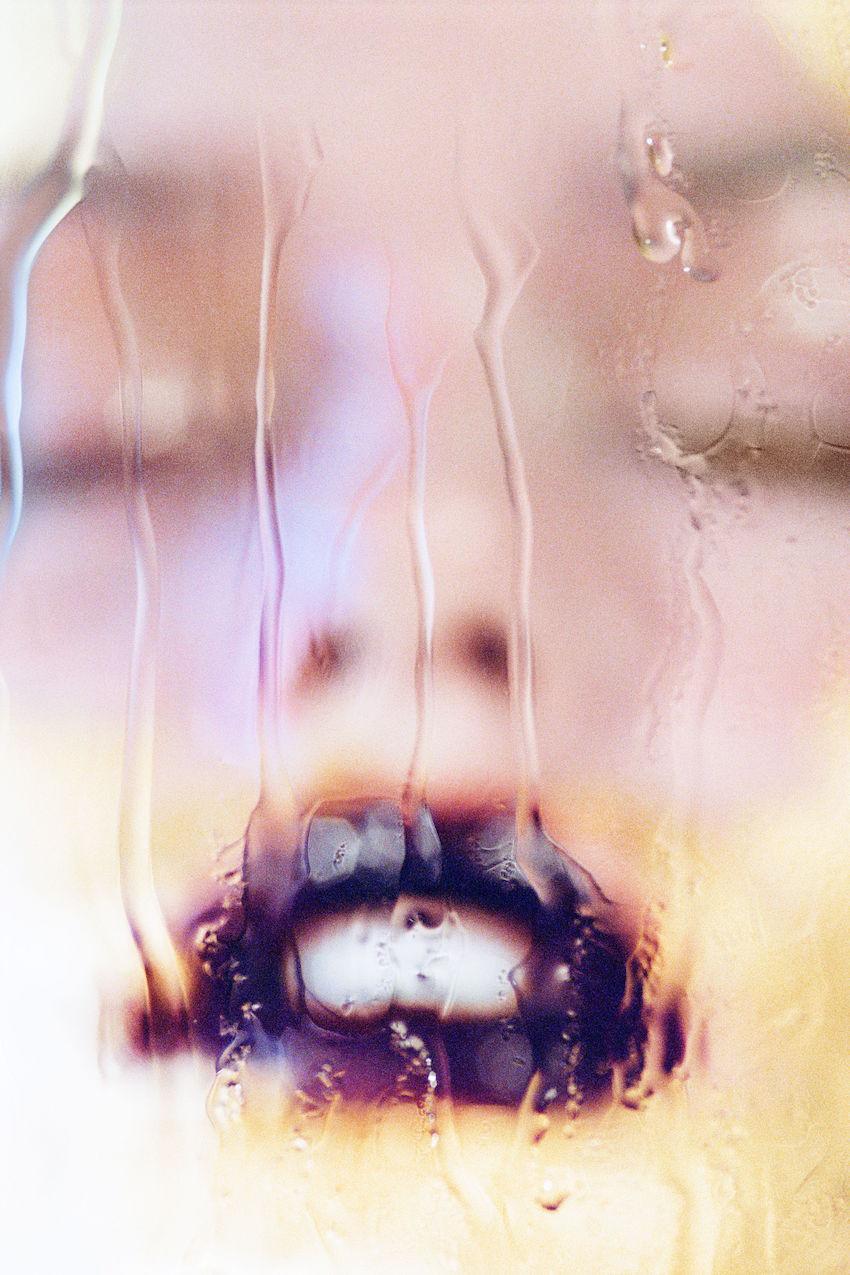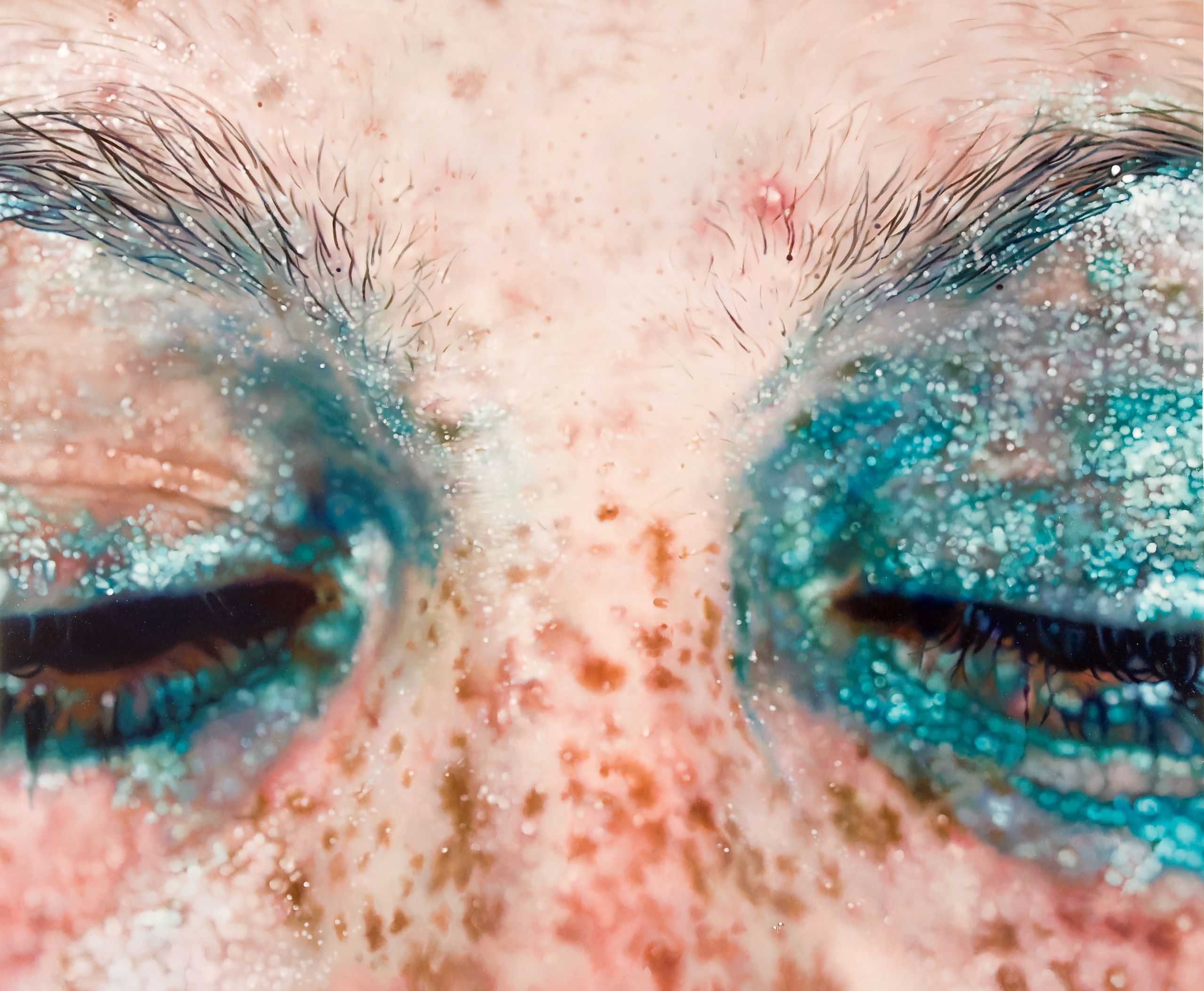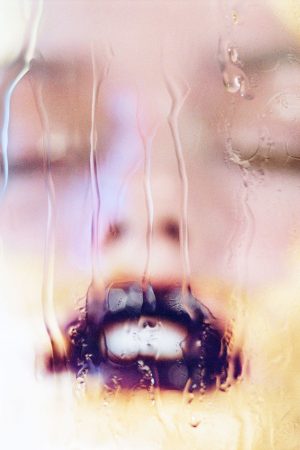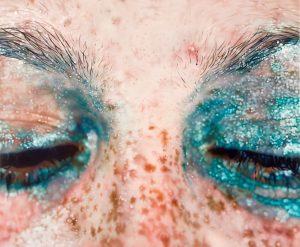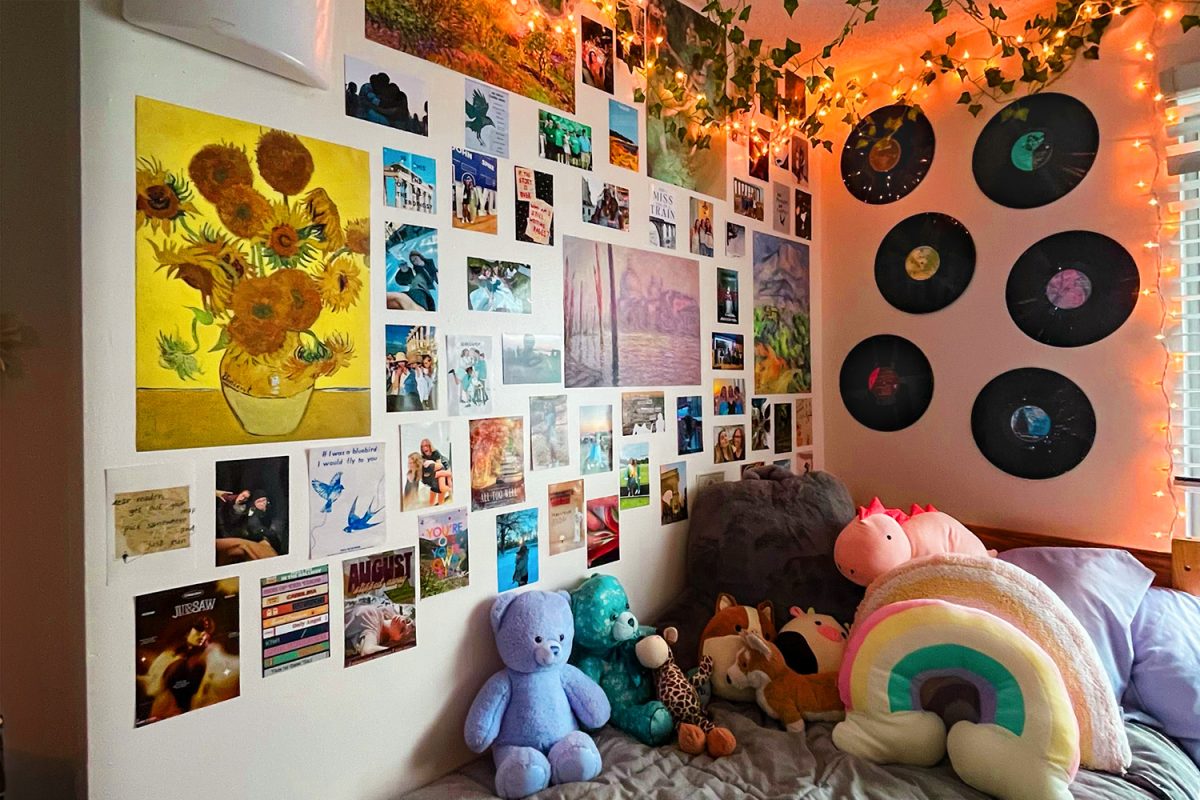Marilyn Minter Turns Beauty Conventions on Their Head
November 8, 2016
“Nobody has politically correct fantasies,” said Marilyn Minter as she stood in front of “Porn Grid,” a series of four pornographic stills with paint drips splattered across. The series is part of “Pretty/Dirty,” a retrospective of Minter’s work, which just landed at the Brooklyn Museum for its final leg. “I was thinking, can I reclaim images from an abusive history and own the agency of them? But I was considered a traitor to feminism.”
Now, Minter is regarded as anything but. This year she launched a tripartite collaboration with Miley Cyrus and the nonprofit Planned Parenthood. She photographed the music superstar and fellow activist behind frosted glass and sold the nebulous prints to raise money for the organization.
While “Pretty/Dirty” includes many of Minter’s more provocative pieces, it charts back to her humble beginnings, opening with a series of intimate black and white portraits of her mother, taken while Minter was an art student at the University of Florida. They depict a woman completely preoccupied by her quest for glamour, but whose drug-fueled compulsions physically deteriorated her as she tore out her hair, ultimately succumbing to wearing wigs.
This paradox of the ugliness that accompanies the quest to attain beauty permeates Minter’s work. Seen through this lens, “Pretty/Dirty” might be best characterized as a study in glamour, as Minter fetishizes the imperfections rejected in traditional art and fashion photography. One of her most famous works, the photorealistic “Blue Poles,” shows the closed eyes of a freckled face, with pimples sprinkled across the bridge of the nose between the glittery, glossy blue that covers the eyelids.
“At that point in time, Photoshop was erasing all the freckles in all the pictures I was seeing commercially,” she said. “I’m covered in freckles, so I was thinking that if you took freckled models and you actually used them in advertising, it would be this really fresh vision!”
Photoshop plays a large role in these pieces, however. Minter explained that, in order to achieve this photorealistic quality, she pieces together several images to create a composite and edits colors to create a reference image, which she then recreates with paint. She smooths the final layer of paint with her fingertips to erase any brushstrokes, giving it the hyper-glossy quality of a printed photograph, adding to the illusion.
Through all the grit and grime, one piece hangs meekly at the end: the soft and hazy “Black Orchid.” A precursor to her work with Cyrus, it shows a serene face with closed eyes and a slightly parted, rouged mouth shot from behind a foggy glass. There’s a sentimentality to it that sets it apart from the harsh quality of some of the surrounding works.
“Pretty/Dirty” does not present the antithesis of beauty, but rather mirrors the dictates of “jolie laide,” the French expression for “beautiful-ugly,” in which unconventionality has its own kind of beauty. Minter shows us her visions of beauty, turning imperfections into aspirations.
“Pretty/Dirty” will be on display at the Brooklyn Museum at 200 Eastern Pkwy through April 2.
Email Christina Cacouris at [email protected].


